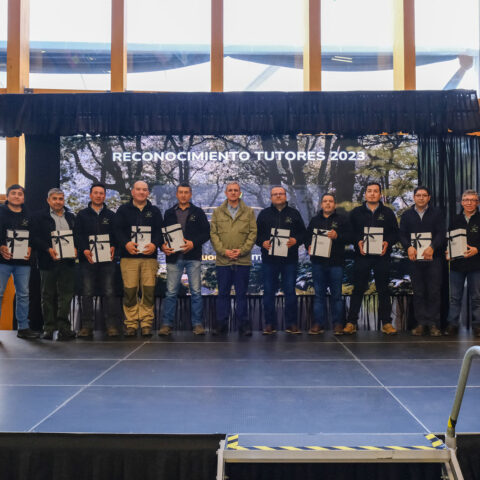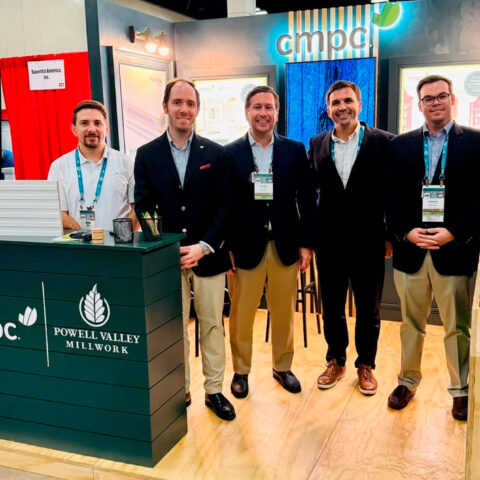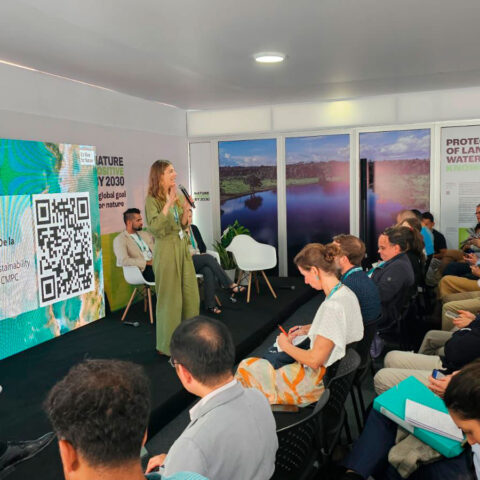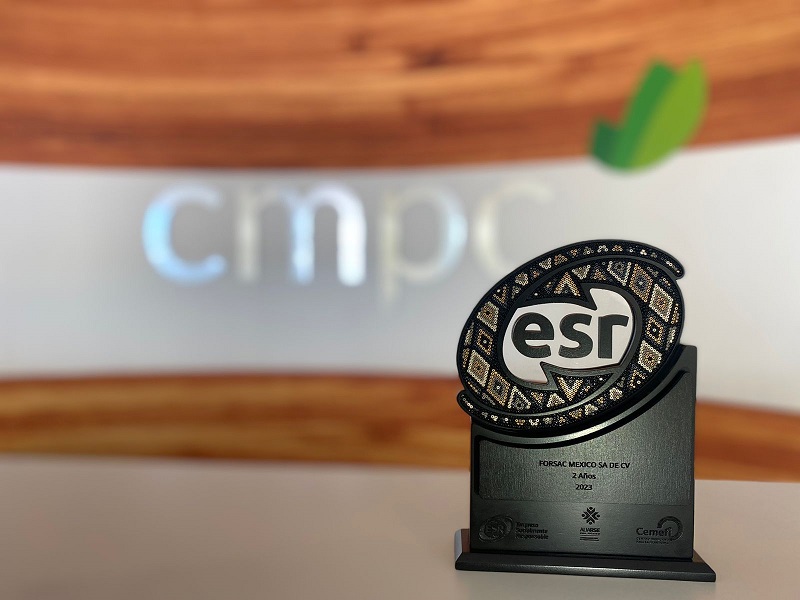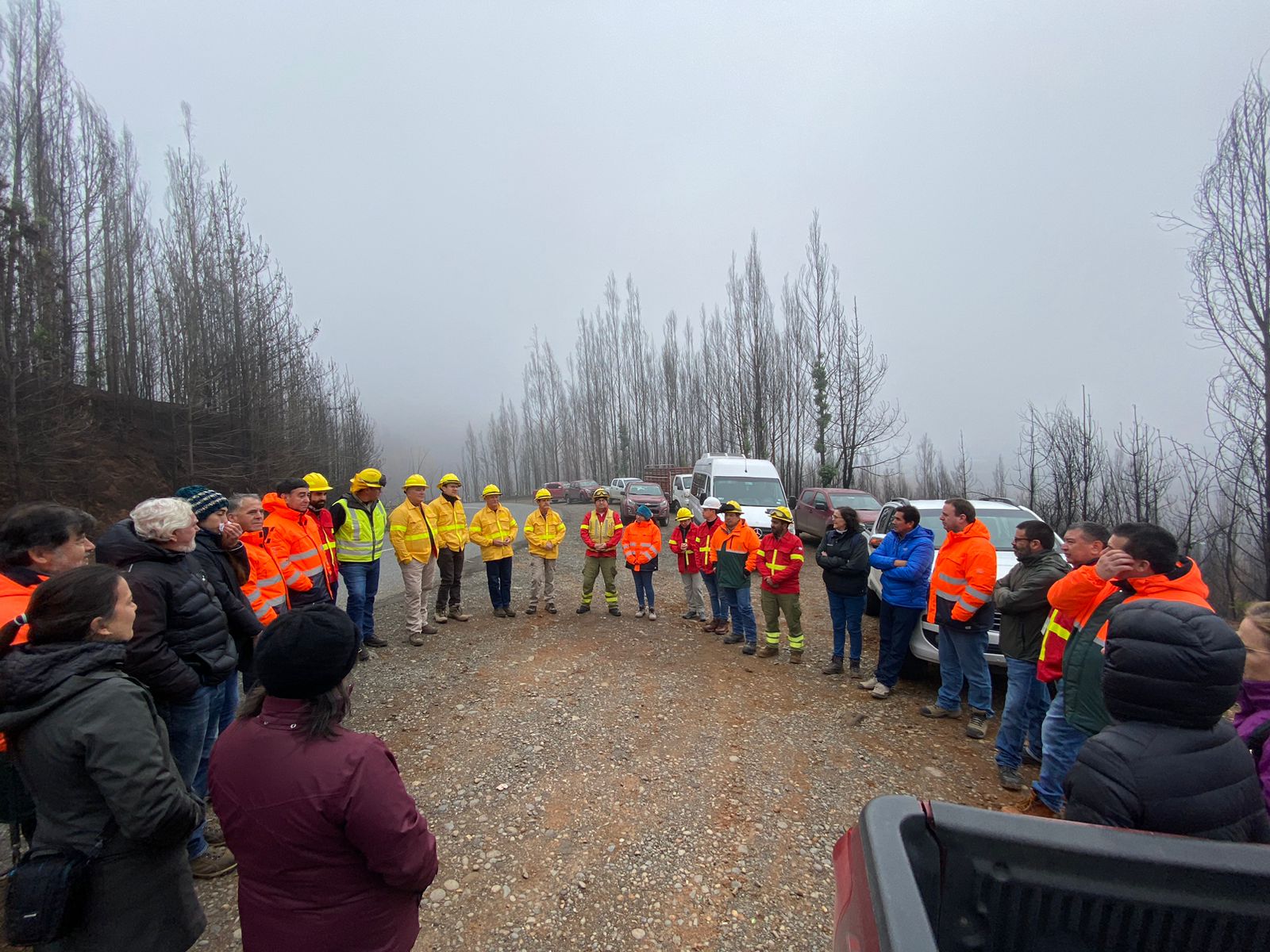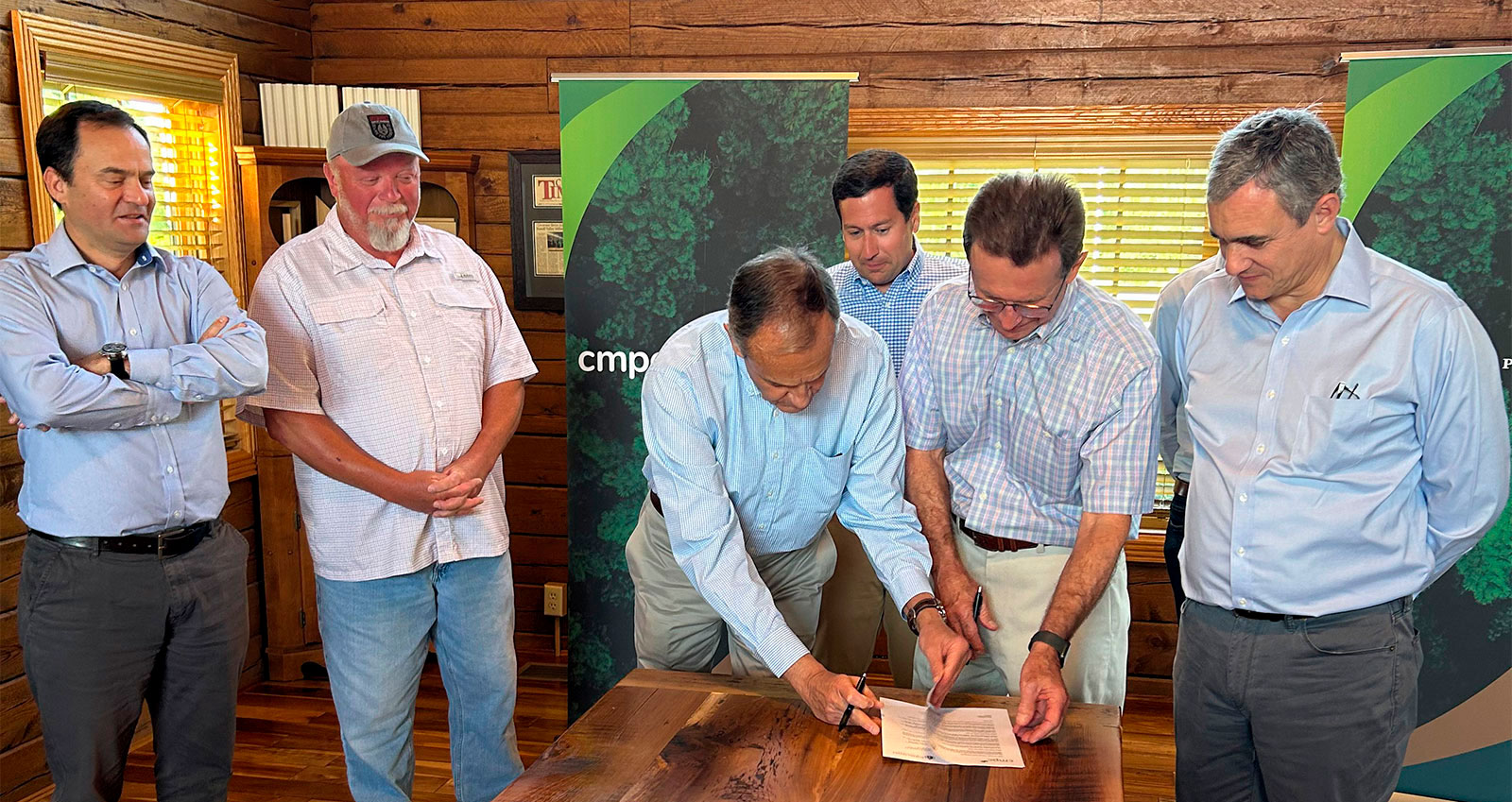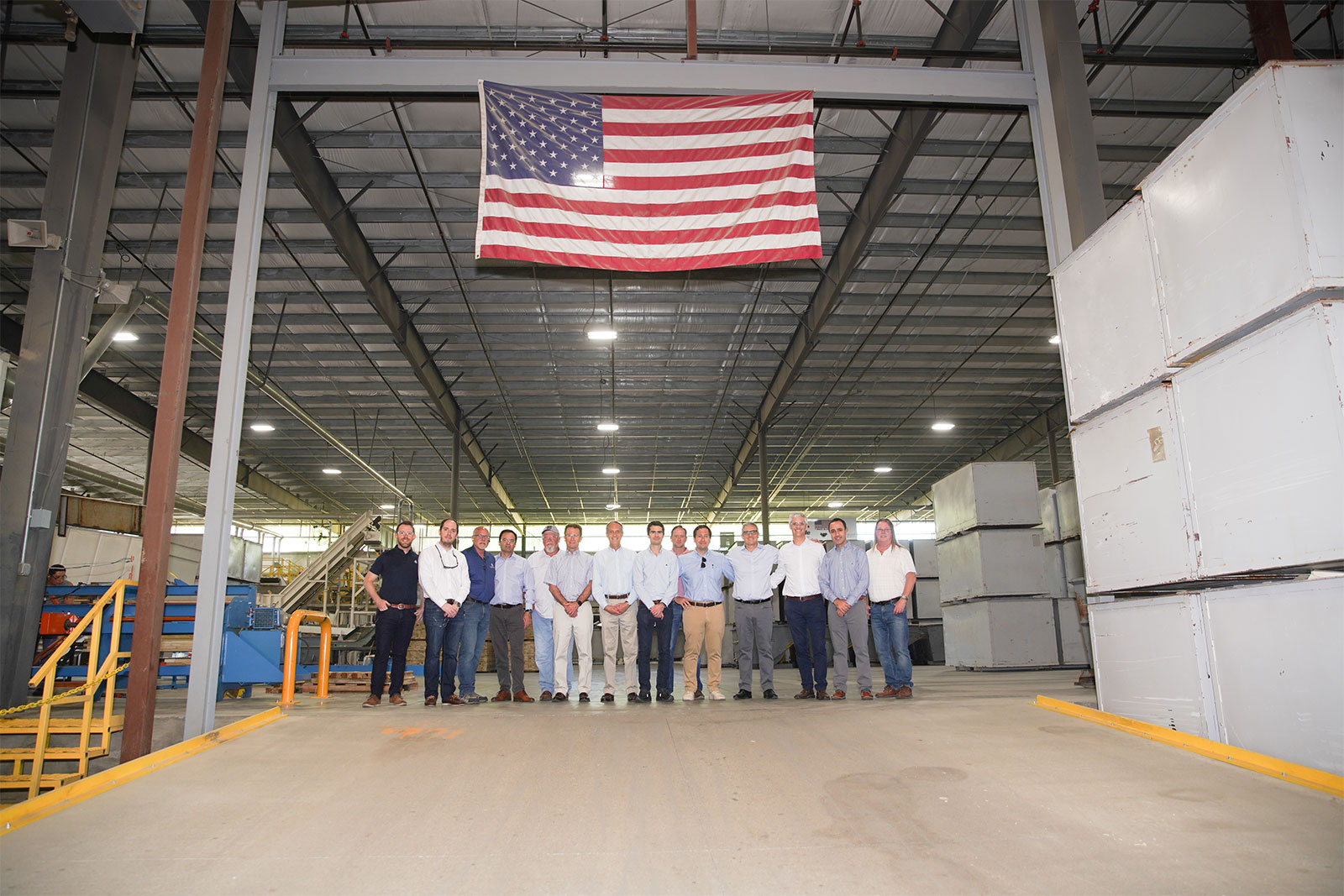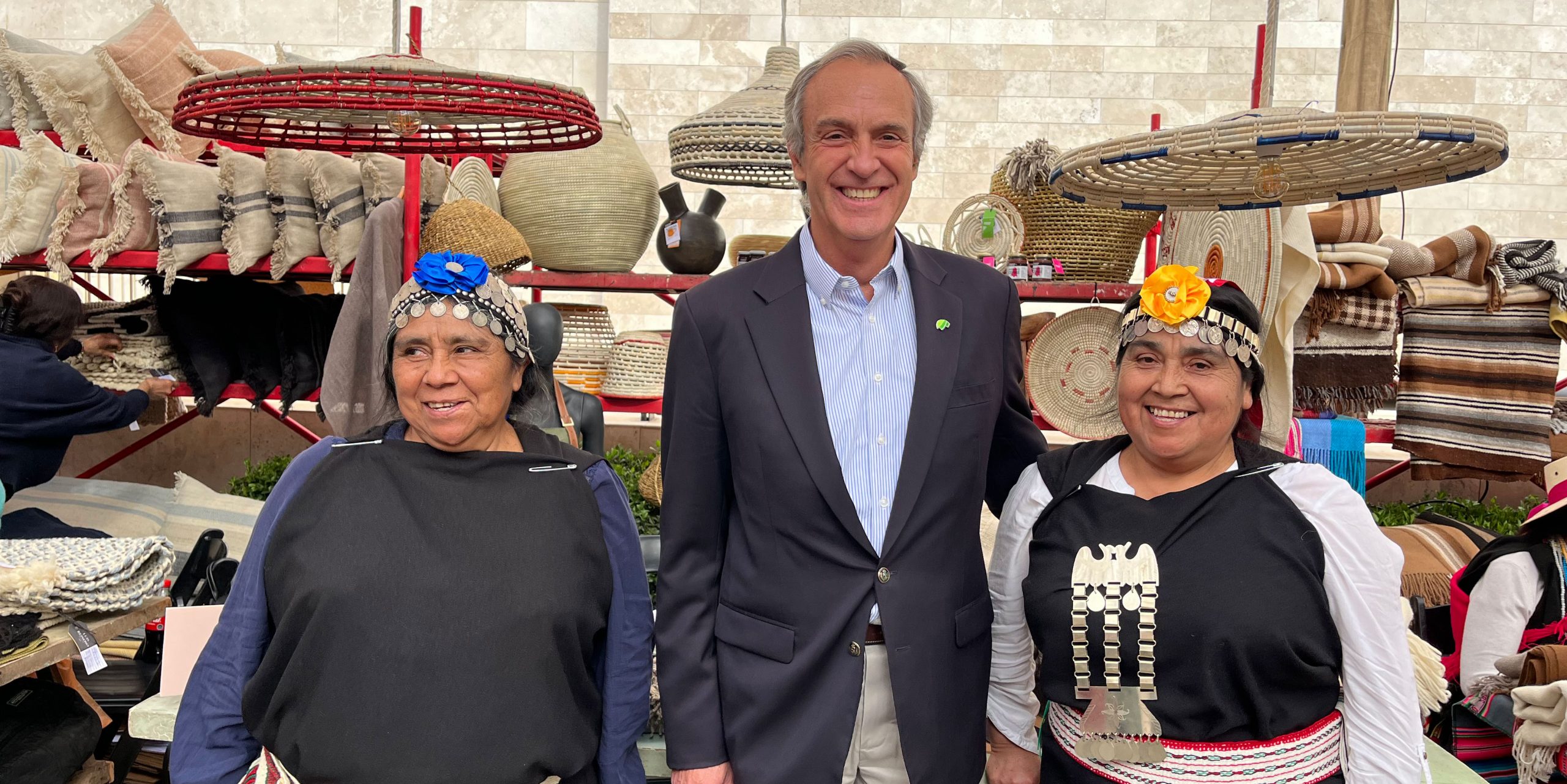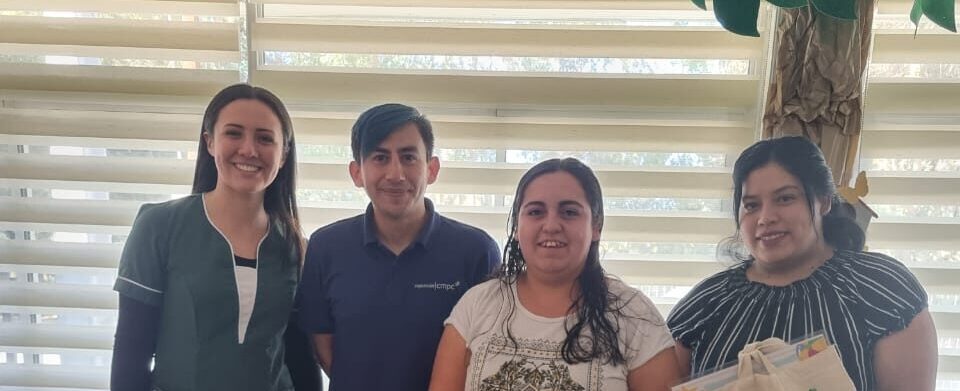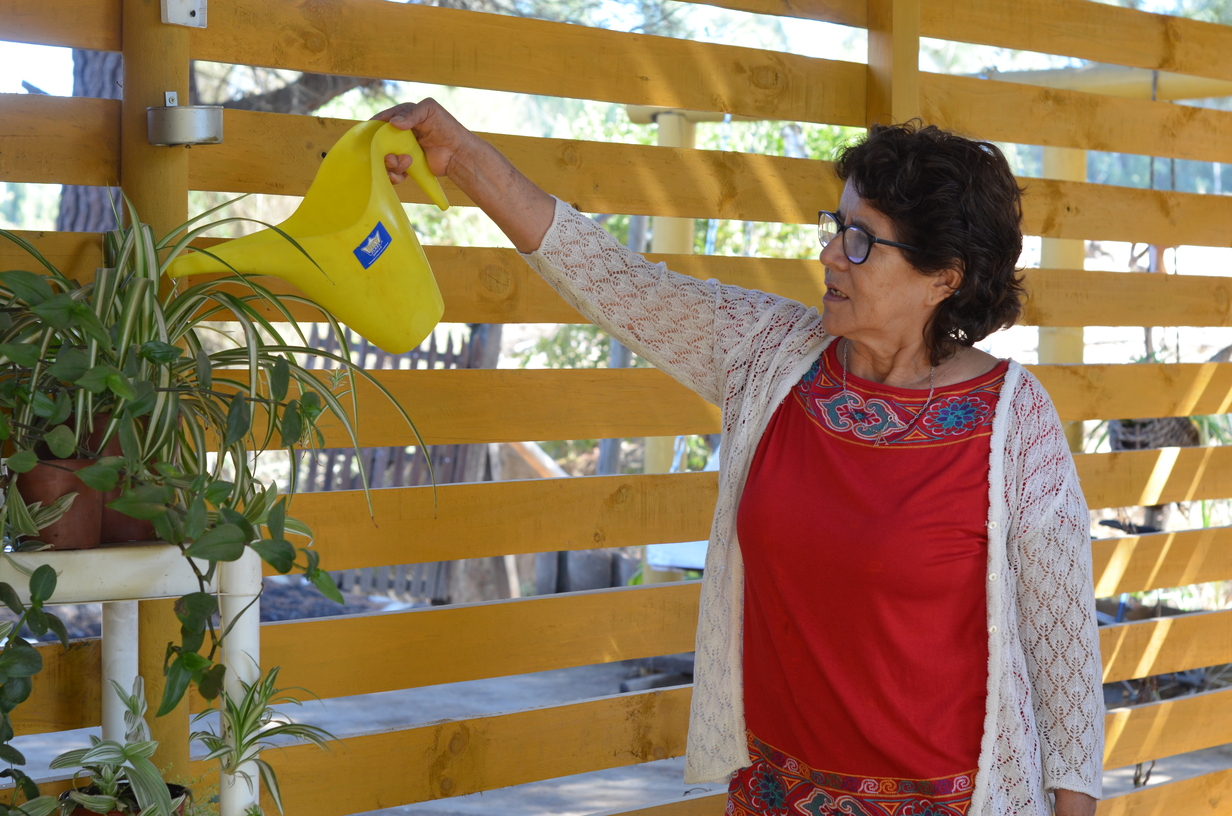
More than 200 people have drinking water in their homes again after rural fires
22 de March, 2023
The fires occurred in the central-southern area of Chile during February destroyed the facilities that transported water from a spring to the rural sector of Choroico in Nacimiento, Biobío Region, which left 60 families in the sector unable to access this resource until yesterday.
The resource’s supply to local homes was restored thanks to the joint effort of the community, the municipality and CMPC. The solution came just before World Water Day, which is celebrated today.
“The water that comes from the estate is life to us. It provides water for our plants and our crops, for the animals, for our care as people, for human life. It is very important. We are very grateful for this water that we get,” shared Margarita Novoa, president of the Choroico Neighborhood Association in Nacimiento.
The rural fires that struck the central-southern area of Chile in the summer consumed more than 3 thousand meters of hoses in the area. These had a vital function: to carry drinking water for human and productive consumption to over 200 people.
From a spring in CMPC’s Santa Adriana Estate, they had been installed over 20 years ago and challenged the slopes in the terrain to reach each of the 60 households in the locality.
Thus, the fire, which also consumed the forests of Santa Adriana, caused more than 200 people to live on a daily basis without drinking water in their homes, until yesterday. This is because in the context of World Water Day, which is celebrated today, and thanks to the support of the CMPC Reconstruye (CMPC Rebuilds) program, an initiative born after the fires that directly aids the thousands of people affected, the 3 thousand meters of lost hoses were rebuilt and installed.
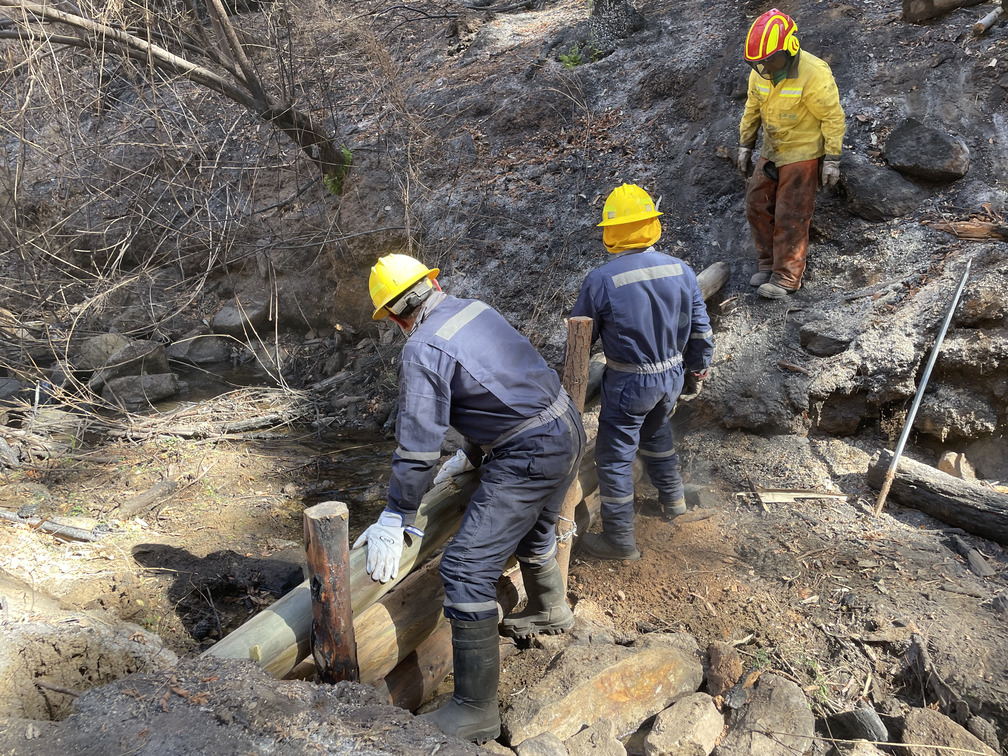
“It was a great loss, but CMPC was present, working with firebreaks and all of that, until nothing could be done anymore,” said Margarita, remembering the fires. “Then, they immediately said they would recover the hoses. The town council also made their machinery available, as well as transportation to bring the hoses. So now, we thankfully have everything installed,” the president of the neighborhood organization declared.
In turn, the mayor of the municipality of Nacimiento, Carlos Toloza, expressed: “We are very happy because less than one month after the fire, there are 60 families that already have a water solution. After a meeting with the neighbors and CMPC, we reached an agreement to buy the hoses and, together, install them in record time.”
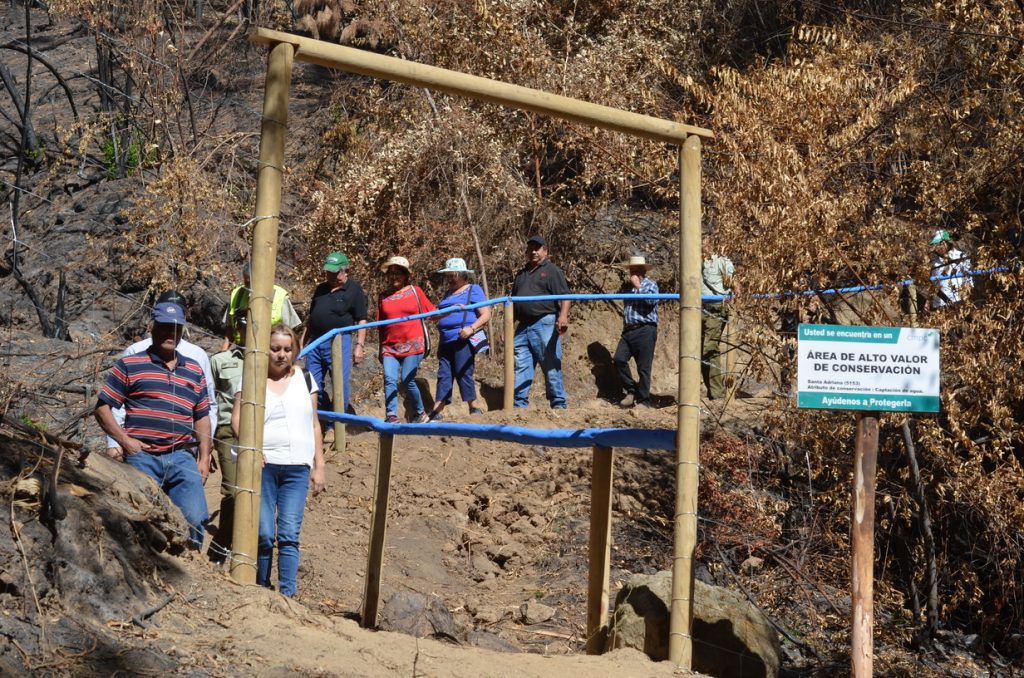
Ignacio Lira, Public Affairs Manager of Bosques CMPC, stated: “Inside our estates, there are many water catchments that supply neighboring sectors. And unfortunately, many of them were damaged during this fire season. That is why one of the first urgent matters that we defined to provide support was to restore the supply to neighboring communities. Precisely today, we are in Choroico, where we have a High Conservation Value Area (HCVA) that supplies water to more than 60 neighboring families.” Lira also explained that the company is undertaking “infrastructure restoration and rehabilitation work that will allow securing water to this community and conducting the damage mitigation works related to the construction of dams that we are building with the community to make sure that the impact of the rains during the winter is as limited as possible in terms of erosion.”
Thanks to CMPC Reconstruye, more than 383 check-dams are being executed -from which 116 will be built at an initial stage- as well as works aimed at recovering the soil that was left with no vegetation cover as a result of the fires. Additionally, as Santa Adriana is a declared High Conservation Value Area (HCVA), a plan for the establishment of native trees was created.
CMPC’s HCVAs are of vital importance to the company and the communities adjacent to them, as they have high biological and sociocultural values or services that are preserved and, if necessary, improved by CMPC.
In the case of the Santa Adriana estate, the equity value is associated with the water catchments that supply neighbors and plantations. For this reason, the company is working on the construction of these check-dams, which will prevent the entrainment of sediments left in the place as a result of the wildfires to these catchments.
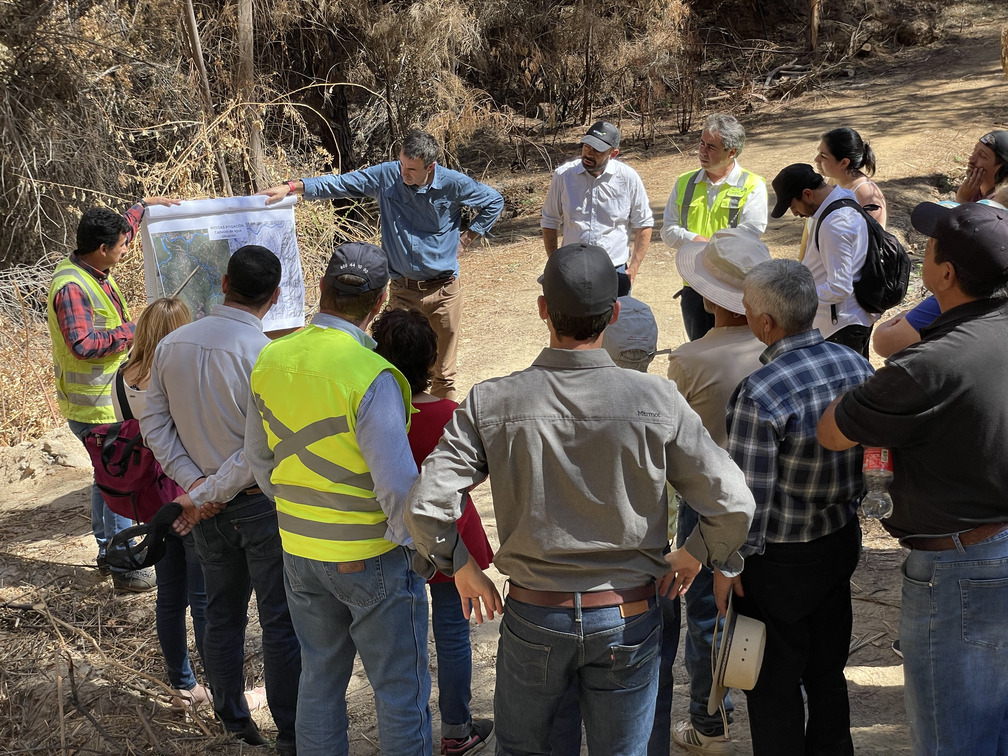
CMPC Reconstruye Plan
According to figures from the National Forest Corporation (CONAF, Corporación Nacional Forestal), if the previous fire season is compared to the current one, the area affected by the fires increased by 255%. The CMPC Reconstruye plan benefits all those affected by these events. The initiative includes municipalities, NGOs and unions, actors that are working in coordination based on four fundamental focal points.
The first is reestablishing the water supply in sectors that lost this basic service, both at a family level and in community centers. This focal point, which is being undertaken together with Desafío Levantemos Chile, will allow bringing water once again to more than 2 thousand families from ten municipalities in the southern area, such as Collipulli, Santa Juana, Yumbel and Renaico, among others.
In second place is the reconstruction of homes and community buildings that were consumed by the fire. The work is being conducted jointly with municipalities in order to help with more urgent cases, such as households that lost their home and have senior citizens, bedridden or ill members. Families who were already given an emergency home will also receive equipment kits and various items such as furniture, beds and home appliances. The reconstruction of schools, churches and neighborhood associations will also be addressed under this pillar.
Then there is economic recovery. That is why five points to help farmers were established together with the Biobío Agricultural Society (SOCABIO, Sociedad Agrícola de Biobío) and the Temuco Society for Agricultural Development (SOFO, Sociedad de Fomento Agrícola de Temuco): planting of meadows, fences, construction of warehouses, greenhouse kit with seeds and fertilizers, and henhouse kits with poultry food. Additionally, a competitive fund aimed at reactivating tourism and services will be implemented jointly with the Industrial Corporation for the Industrial Development of Biobío (CIDERE, Corporación Industrial para el Desarrollo Industrial del Biobío).
Lastly, one of the most important long-term challenges is the restoration of watersheds. This has a greater environmental significance, as the objective is to recover the soil damaged by the flames and prevent further negative consequences as a result of the land’s erosion. A reforestation master plan is also being developed for the affected areas, and work is being carried out to increase protection areas and rings in residential areas, in addition to introducing greater levels of biodiversity in the affected plots.

